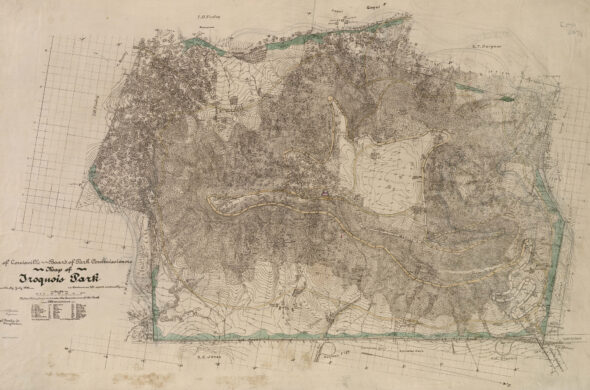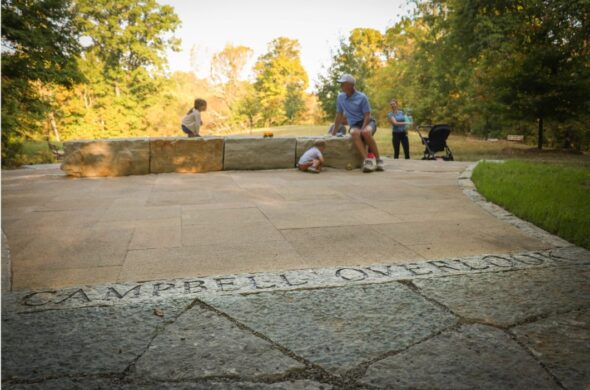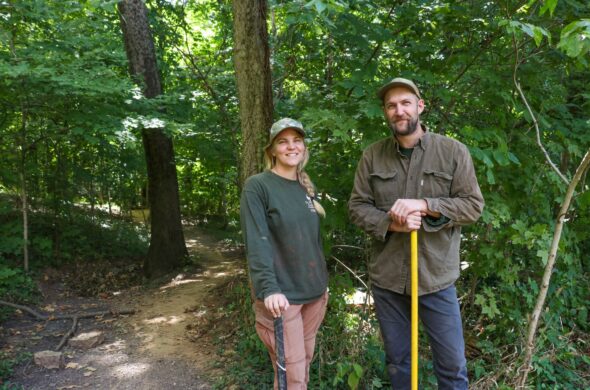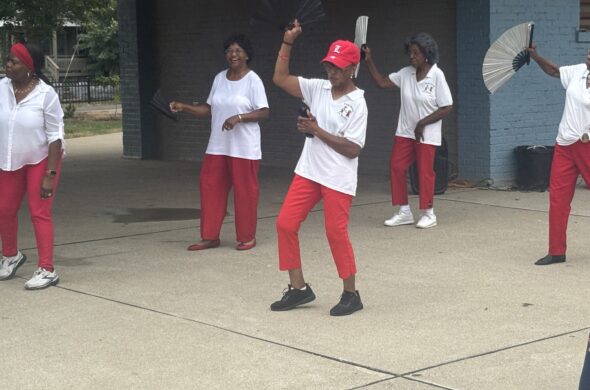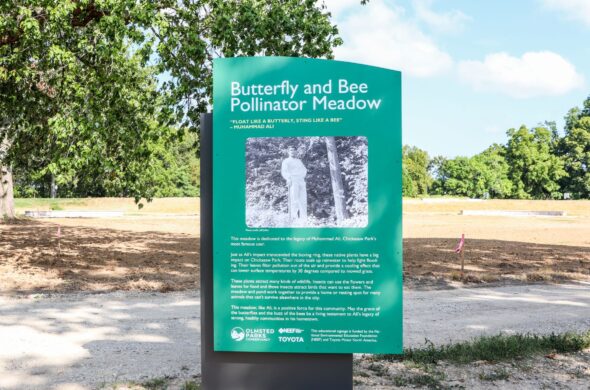You may have heard about the information released June 5 by the Trust for Public Lands, which ranks cities based on an analysis of their parks. Louisville ranks 49th out of 50 cities surveyed. Last year we were 38th out of 40 cities surveyed. Well here is some additional information to understand about the survey and why Louisville looks to be behind.
What is this survey?
Every year the Trust for Public Lands develops measures of the quantity and accessibility of parks in cities across the United States. Some of the data used are in the public domain (e.g. acreage); other data are gathered by TPL through their own surveys. Click to read the study results.
What are the measures used?
- ACREAGE: ParkScore awards each city points for acreage based on two equally weighted measures: median park size and park acres as a percentage of city area.
- SERVICES AND INVESTMENT: ParkScore awards each city points for services and investment based on two equally weighted measures: playgrounds per resident and total spending per resident.
- ACCESS: ParkScore awards each city points for access based on the percentage of the population living within a ten-minute walk of a public park.
Why is Louisville ranked so low?
There are a few major reasons our ranking is low:
- By TPL’s own description, City/County merger brought down Louisville’s rankings on both acreage and access. Since merger, Louisville encompasses a much greater area with proportionally fewer parks than are within the former city limits. All the Frederick Law Olmsted Parks, by the way, are within the former city limits.
- The other major factor that drags us down is “total spending per resident”. Louisville spends $49.67 per resident, compared to Minneapolis (ranked #1) at $210.33. Other examples of our “peer cities”: Charlotte: $77.33; Columbus: $62.33; Memphis: $69.41; Nashville: $72.00; Oklahoma City: $63.33; Raleigh: $140.67. We are optimistic that the Mayor and Council recognize this deficiency and are working hard to channel more funds into our public parks.
- There is an inconsistency in counting all the park land but not all the budgets associated.
Measures to consider
TPL’s measures are statistical, and doesn’t account for things like the quality of each park, and user satisfaction. If there were such measures, the Frederick Law Olmsted Parks and other parks in the Metro Parks system would show the greatness of the parks in our city.
Continue to protect, preserve and support your city parks.
Find something similar: News Cherokee Park Iroquois Park Shawnee Park


